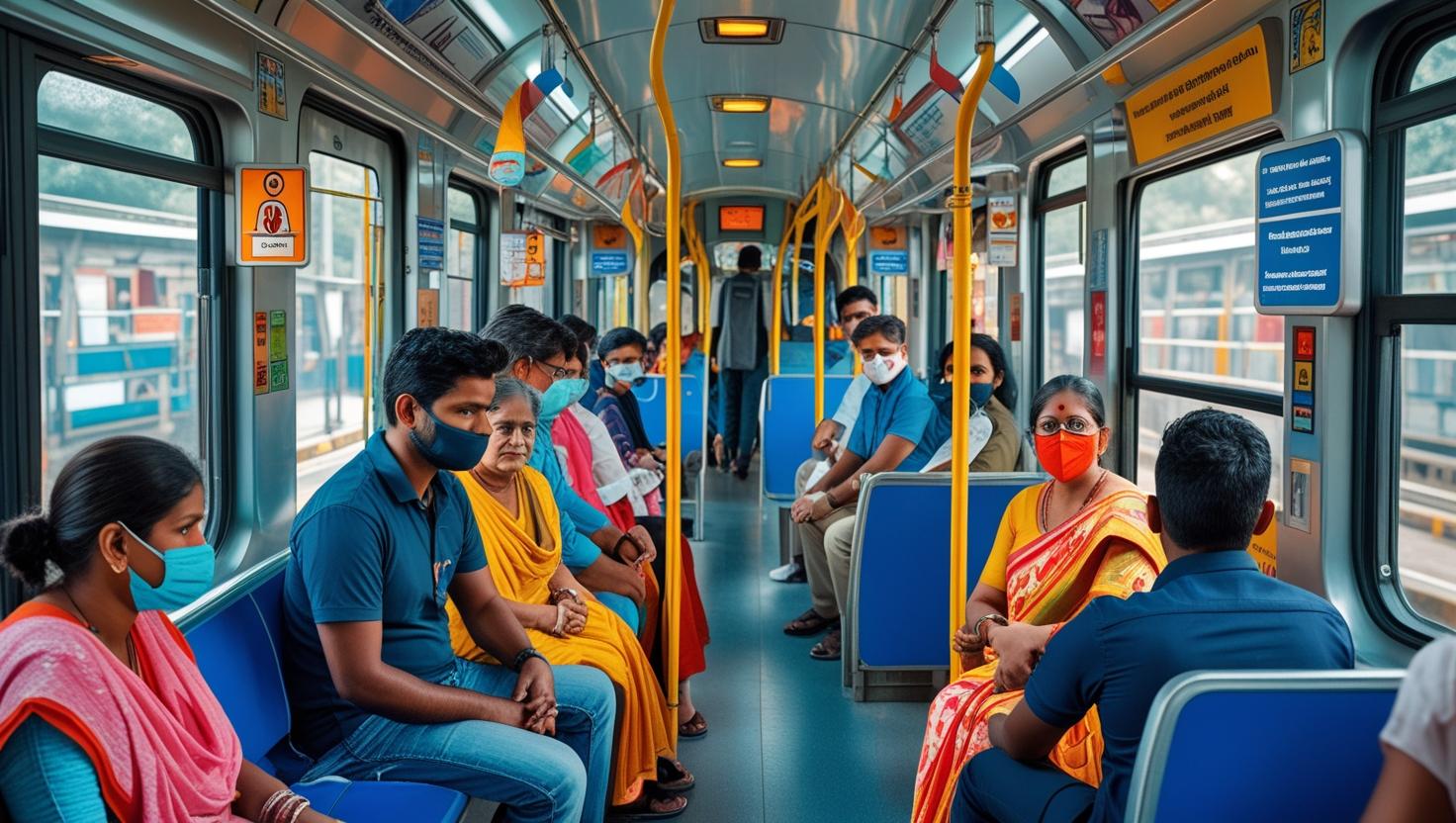Public Transport – Safety Protocols in Indian Cities
Introduction
India’s growing urban population heavily relies on public transport—buses, auto-rickshaws, vans, and shared taxis—for daily commutes. With millions on the move, safety protocols are not optional—they’re essential.
At Hubert Ebner India, we focus on empowering drivers and operators to uphold and implement safety standards that protect lives and improve public trust on public transport.
🚦 Why Safety Protocols Matter in Public Transport
Without proper safety systems in place, public transport can become chaotic, risky, and unreliable.
Common urban risks include:
- Rash driving in crowded streets
- Lack of awareness of pedestrian zones and school areas
- Passenger falls due to sudden braking
- Overcrowding and improper boarding
- Harassment or unsafe environments, especially for women and children
🔐 Core Safety Protocols for Public Transport Drivers
✅ 1. Speed Control in City Limits
- Maintain legal speed limits
- Reduce speed in high-density zones (schools, hospitals, markets)
✅ 2. Safe Passenger Handling
- Allow full boarding/alighting before moving
- Avoid sudden stops or starts
- Watch for passengers crossing in front or behind the vehicle
✅ 3. Use of Mirrors and Indicators
- Regular mirror checks during lane changes or stops
- Always signal intentions clearly in advance
✅ 4. Vehicle Readiness Checks
- Daily checks for brakes, lights, tyres, and horns
- Ensure doors and entry points are safe and functional
✅ 5. Emergency Preparedness
- Know emergency contact protocols
- Keep fire extinguisher, first-aid kit, and safety signage onboard
✅ 6. Women and Child Safety
- Be trained in gender sensitivity
- Stop only at designated, well-lit areas
- Respond appropriately to complaints or distress signals
🎓 How Hubert Ebner India Trains for Urban Safety
We design city-specific safety training modules for public transport drivers, fleet operators, and civic bodies:
🛠️ Scenario-Based Driving Drills – Simulations of urban challenges
🧠 Behavioral Safety Workshops – Building discipline, patience, and alertness
📋 Protocol Checklists – Easy-to-follow guides for drivers
🗣️ Public Interaction Training – Communication skills for managing passengers
🛑 Harassment Awareness – Sensitivity training for women and school transport
We also help organizations align with state and RTO safety standards, making public transport both compliant and community-friendly.
🚌 Key Outcomes of Protocol-Based Training
- Reduced accidents and complaints
- Higher passenger confidence and satisfaction
- Better city traffic flow and public discipline
- Stronger accountability among public transport staff
✅ Conclusion
Safety in public transport isn’t just about the vehicle—it’s about people, behavior, and preparedness. By implementing and enforcing structured safety protocols, Indian cities can ensure public transport is not just accessible—but also reliable, respectful, and secure.
📞 Call to Action
Want to elevate safety standards in your city’s public transport fleet?
Connect with Hubert Ebner India to explore specialized safety protocol training for urban drivers and operators.




